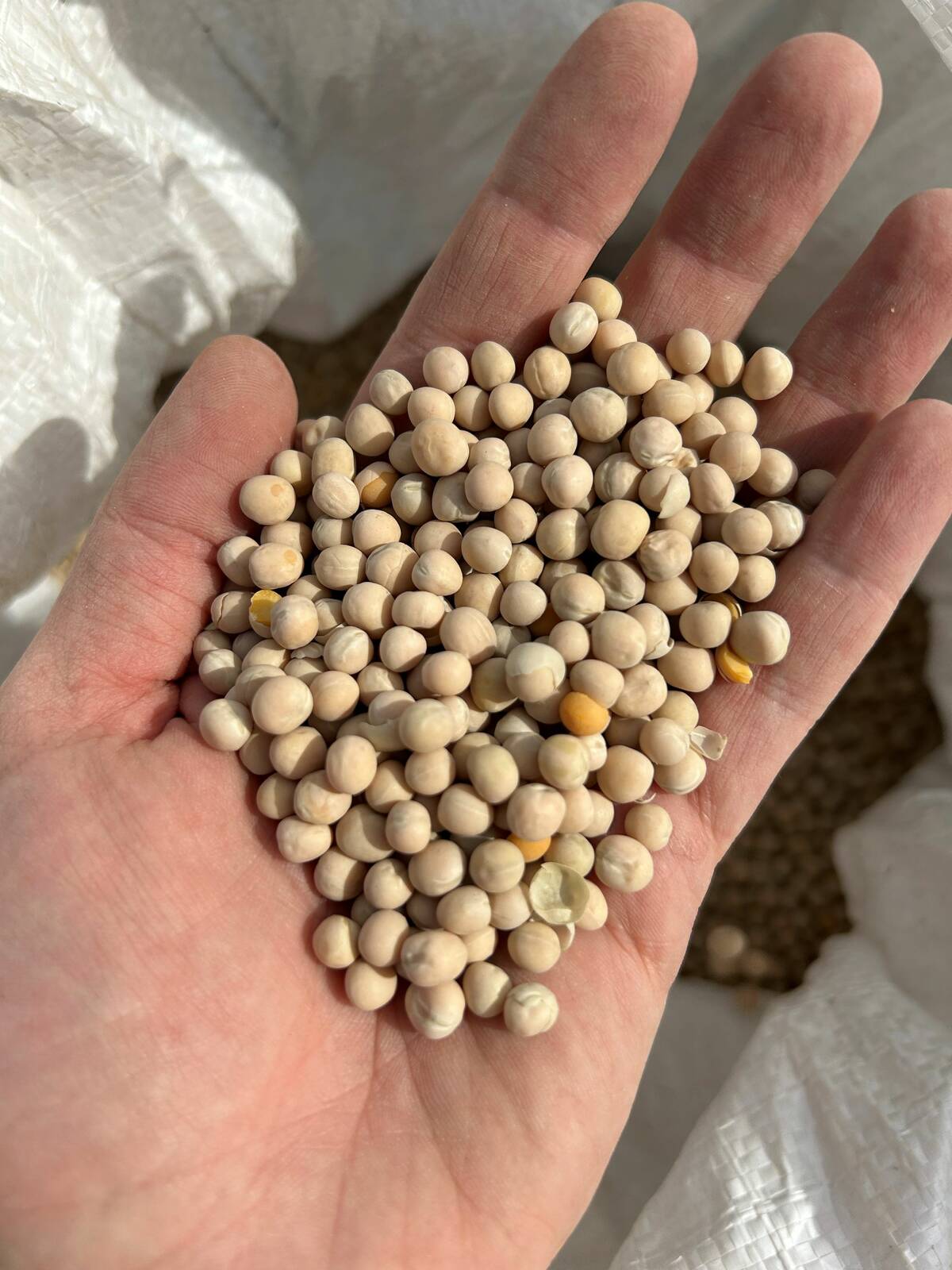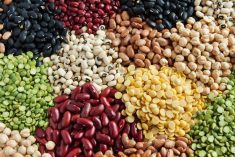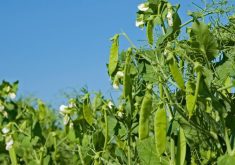CNS Canada — After Manitoba in 2017 grew its largest edible bean crop in more than a decade, a downturn could be expected in 2018.
However, new-crop pricing opportunities look favourable and industry participants say it’s still too early to get a firm sense on seeding intentions.
“The pinto market is long in terms of supply, which will have some bearing on the acres for 2018,” said Scott Cottenden, food production manager with Thompsons Ltd. at Blenheim, Ont.
However, he added, it’s still too early to get a firm handle on edible bean acreage ideas in Manitoba, North Dakota and Minnesota.
Read Also

Pulse Weekly: Tariffs guide yellow peas in 2025
Tariffs were a major influence on Canadian yellow pea prices in 2025, with levies imposed by China and India. The two countries are Canada’s biggest foreign pulse buyers.
“It depends on what soybeans do going into the spring,” said Peter Klippenstein of AGT Foods at St. Joseph, Man., noting that if soybean prices are looking strong, some edible bean acres could swing into the easier-to-grow crop.
“In Manitoba, there are a core group of growers and companies to facilitate the (edible bean) business,” said Cottenden. However, he added, the explosion of soybean acres in the province was likely taking some interest away.
Manitoba farmers seeded 136,000 acres of edible beans in 2017, their largest area since 2007. With excellent yields, total production of 130,400 tonnes came in well above the previous five-year average of 86,000 tonnes.
However, Manitoba farmers also seeded a record 2.3 million-acre soybean crop in 2017.
Pinto, black and navy beans are the major beans grown in Manitoba, with new-crop prices generally in the 30- to 35-cent/lb. area, according to Klippenstein. Other specialty varieties were in the 40s and above, he said.
“If growers can produce an average yield, or a little bit better, I think they’ll do well,” he said of current pricing opportunities.
“Growers are optimistic about dry beans,” he said, adding that beans “have done well for them.”
— Phil Franz-Warkentin writes for Commodity News Service Canada, a Glacier FarmMedia company specializing in grain and commodity market reporting. Follow him at @PhilFW on Twitter.
















